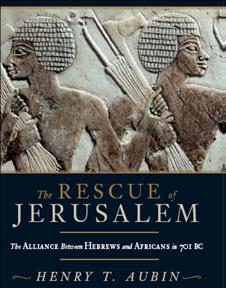....In Rabbinical Literature:
 Coin of Apamea, with Supposed Representation of Noah's Ark.(From
Coin of Apamea, with Supposed Representation of Noah's Ark.(From One hundred and twenty years before the Deluge, Noah planted cedars from which he afterward made the Ark (Gen. R. xxx. 7; compare Christian parallels; Ginzberg, "Monatsschrift," xliii. 411). This lengthy period was requisite, partly in order to urge the sinful people to amend their ways, and partly to allow sufficient time for the erection of the Ark, which was of very large proportions. According to one view the Ark consisted of three hundred and sixty cells, each ten yards long by ten yards wide; according to another it consisted of nine hundred cells, each six yards long by six yards wide (Gen. R. xxxi. 11; compare commentaries on the passage for the exact mathematical computations). The lowest of thesestories was used as a depositary for refuse; in the second the human beings and the "clean" beasts were lodged, and the uppermost was reserved for the "unclean" beasts. A differing opinion reverses the order, so that the refuse was deposited in the third story, from which it was shoveled into the sea through a sort of trap-door (καταράκτης; Gen. R. l.c.). For purposes of illumination, Noah used precious stones, bright as the sun at noonday (Sanh. 108b; Yer. Pes. i. 27b; Gen. R. l.c.), which shone by night and were dull by day. The stones were the sole light in the Ark, since the stars and planets did not fulfil their functions during the Deluge (Gen. R. xxxiv. 11). Another miracle witnessed by the occupants of the Ark was the entrance of the animals. They were not led in by Noah, a task which would have been impossible for any human being; but God caused them, as well as the spirits of those whose bodies were yet uncreated, to gather there from all sides (Gen. R. xxxi. 13, xxxii. 8; Zeb. 116a; for Christian parallels see Ginzberg, "Monatsschrift," xliii. 414). Another Midrash says that the angels appointed over the various species of animals brought each his allotted animal with its necessary fodder (Pirḳe R. El. xxiii.). In regard to the feeding of the animals, the greater number of Haggadot say that each received suitable food at the usual time (Tan., ed. Buber, NoaḦ ii.; Gen. R. xxxi. 14); and since Noah was constantly employed in feeding them, he did not sleep for a moment during the year in the Ark. As Noah was an exception among his contemporaries, so also were the animals that were destined to be saved. They were the best of their species, and, unlike the other animals of the time, they remained true to their proper natures, without overstepping the limitations which nature had prescribed for them (TanḦuma, l.c. v.; Gen. R. xxviii. 8; Sanh. 108a). Besides the regular occupants, the Ark supported Og, king of Bashan, and the immense animal "Reëm," neither of whom, owing to their enormous size, could get into the Ark, but held fast to it, remaining alongside (Pirḳe R. El. xxiii.; Gen. R. xxxi. 13). In order that Noah on his entrance into the Ark might not be molested by the wicked people, lions and other wild animals were placed to guard it. A beam of the Ark was found by Sennacherib, and he made an idol of it (Sanh. 96a). Another beam of the Ark was used as the gallows for Haman, according to Midrash Abba Gorion, iv.; ed. Buber, 19a (see
....
Taken from: http://www.jewishencyclopedia.com/articles/1780-ark-of-noah

